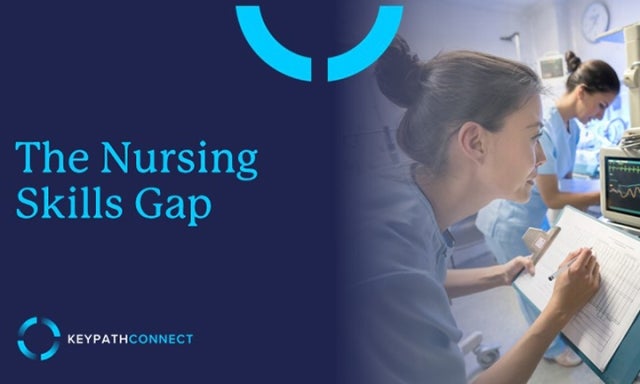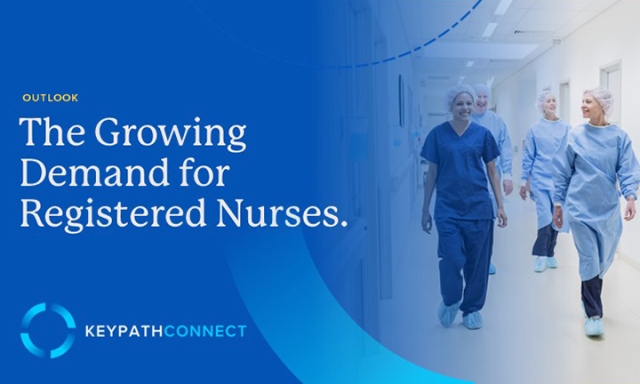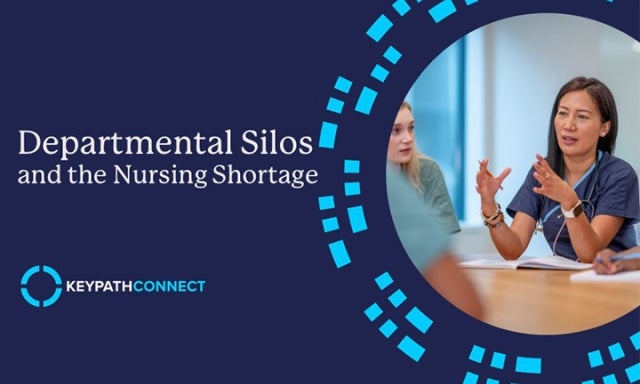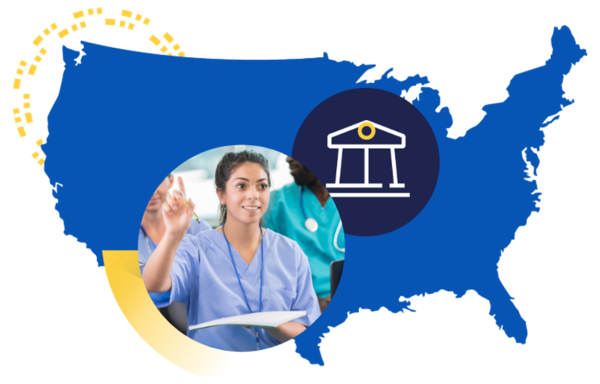
As hospitals struggle with persistently elevated nurse vacancy rates, increasing the pipeline of new nurse graduates isn't enough – they need to be practice-ready. But what exactly does that mean, and how do we get there?
Currently, new nurse graduates require extensive hospital-powered orientation to bridge the gap between the academic preparation they've received and the practice-ready skillset they need to thrive in a clinical setting.
It's not that schools of nursing aren't adequately educating their graduates, nor that those graduates are somehow falling short. The scope and complexity of nursing, the transition to the hands-on application of knowledge in a fast-paced environment, and the sheer importance of what nurses do – all contribute.
The transition to practice should be designed to set new nurse graduates up for success - so that they can be readily entrusted with patient care, embark on their careers with confidence and self-efficacy, and make an impact on the shortages and burnout plaguing the nursing workforce.

Building meaningful and robust partnerships between academic institutions and healthcare systems nationwide is crucial in addressing the challenges in the modern healthcare landscape. By fostering collaboration with universities, we can create a reliable pipeline of BSN-prepared nursing talent to relieve workforce strain.
The goal is to achieve alignment on key elements for entry-level nursing practice. We can do this – with collaborative design solutions and intentional integration and coordination between hospitals and university programs.
Hands-on clinical skills training in real-world hospital settings is already an integral part of nursing education. Reimagining how it's done benefits the students, universities, and health systems, and ultimately, the patients.
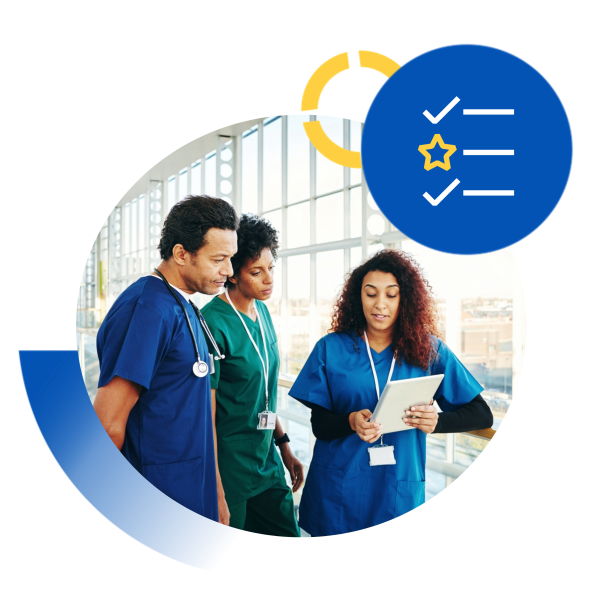
The transformation of how clinical skills are taught, measured, tracked, and communicated has the power to elevate nursing education, onboarding, and practice. The solution has to go far beyond checklists.
Entrustable Professional Activities (EPAs) offer a framework that contextualizes professional competencies into observable activities or units of work, allowing for a deeper understanding of the activities that make up each layer of skill acquisition.
EPAs designed specifically for nursing, coupled with a robust, tech-enabled tracking solution, offer new nurse graduates, educators, and nurse leaders clear visibility and accountability on the path to professional competency. It's a twofold solution - where the attainment of each competency is a journey, and that journey is transparent and measurable.

Streamlining new nurse onboarding by reducing duplicative efforts and content also reduces the burden on hospitals to devote time and resources to extensive orientation programs.
The adoption of a transparent and efficient solution allows nurse leaders to swiftly and accurately evaluate the competencies of new graduates – leading to quicker onboarding, reduced costs, and enhanced self-efficacy for new nurses.
The resulting clarity fosters confidence among both leaders and new nurses, enhancing early job satisfaction, enculturation, and embeddedness, and promoting a smoother transition into the clinical environment. This doesn’t just benefit the individuals involved; it contributes to the stability and resilience of the nursing workforce.
Keypath Connect, powered by Keypath Education, brings together an ecosystem of universities and healthcare providers united by one mission – ensuring the development of practice-ready nurses to help alleviate staffing shortages and improve care delivery and patient outcomes.
Through transformative partnerships, reimagined clinical skills development and tracking, and a re-envisioned transition to practice, we can unlock greatness in the nursing workforce.
With 55+ healthcare programs across 15 university partners, Keypath is leveraging our deep expertise in healthcare-focused education to solve the most critical and complex workforce issues impacting healthcare. We're working to overcome the constraints involved with educating and deploying qualified healthcare practitioners into the areas of greatest need. Let’s transform nursing workforce development together.

